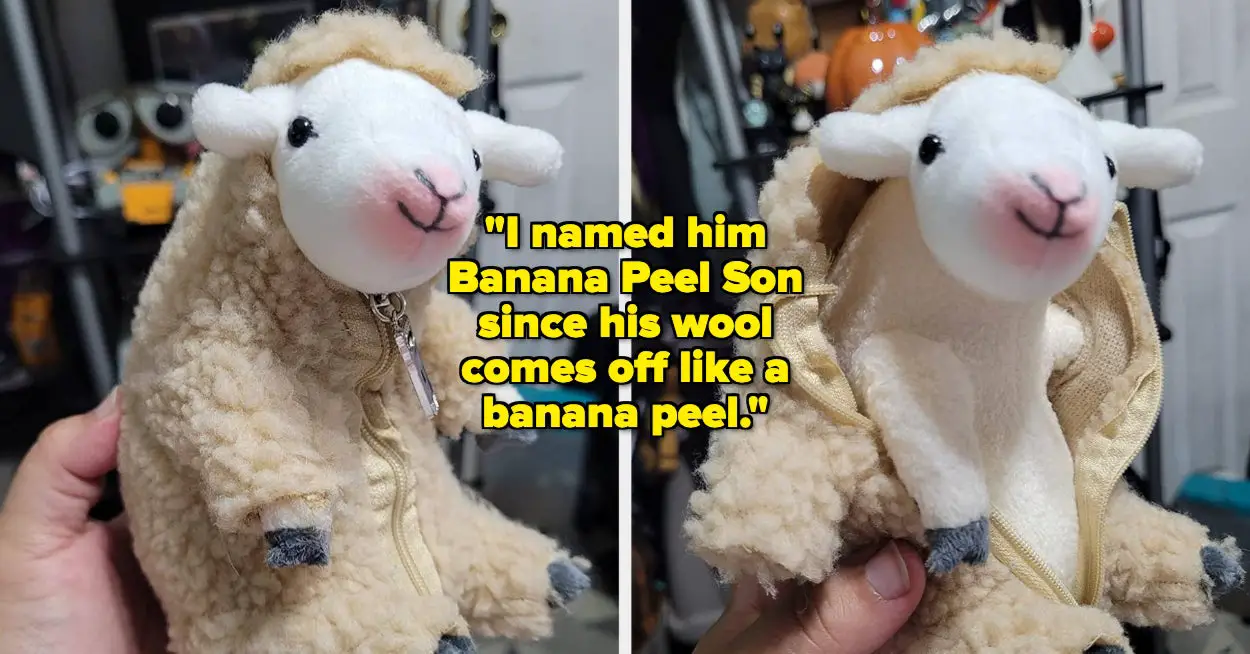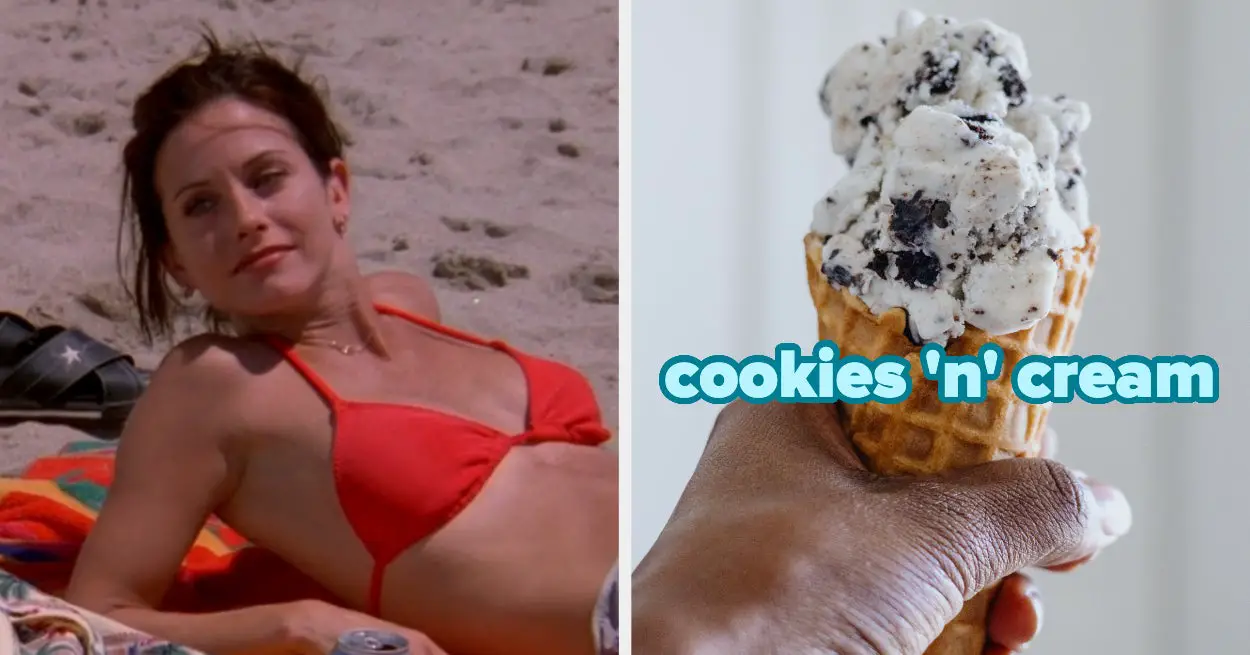Did you know that the first window film was invented in the 1960s? The primary goal back then was to manage the imbalances in heating and cooling caused by solar loading.
Today, window tinting is widely used in residential and commercial buildings to enhance privacy, increase energy efficiency, and protect against sun damage.
Choosing to get residential window tint is a great option for protecting your home and keeping it safe, sound, and looking great. But before you do that, you need to find out how much it’s going to cost you.
Keep reading to learn more about home window tinting costs so you can budget accordingly.
How Much Does Home Window Tinting Cost?
The cost of residential window tint varies depending on several factors, including the size of the windows, the type of film used, and the complexity of the installation.
On average, homeowners can expect to pay between $5 and $45 per square foot for window tinting. This means that the cost to tint a standard-sized, single-story home with around 1,500 square feet of windows would range from $7,500 to $67,500.
Factors That Affect the Cost of Home Window Tinting
Window tinting is a popular way to improve the energy efficiency and privacy of your home while adding an extra layer of protection to your windows.
However, the cost of window tinting can vary depending on several factors. Understanding what influences the cost can help you make an informed decision and budget accordingly. Here are some of the main factors that can affect the cost of home window tinting.
Type of Tint
Window film is a thin, self-adhesive material that is applied to the interior surface of a window. It serves many purposes such as reducing heat, glare, and UV radiation while providing privacy and security. There are various types of window film available in the market, each designed for a specific purpose. Here are some common types of window film:
Dyed Film
This type of film is the most affordable option and works by absorbing solar energy. It is best for reducing glare and improving privacy. The dyed tint is the most affordable, but it also has the shortest lifespan.
Metalized Film
This type of film is more expensive than dyed film but offers better protection from the sun’s heat and UV rays. It works by reflecting the sun’s energy. The metallic tint is more expensive than dyed tint but is more durable and effective at blocking out heat.
Ceramic Film
This type of film is the most expensive option but also the most effective. It blocks up to 99% of UV radiation and has excellent heat-blocking capabilities. Ceramic tint is the most expensive option, but it is also the most effective at reducing heat and blocking out UV rays.
Solar Control Film
This film is designed to block out UV radiation, reduce heat gain, and provide glare reduction. It can help improve energy efficiency by reducing the need for air conditioning and heating. Solar control films are available in a range of tints, including clear, light, medium, and dark.
Safety and Security Film
This film is designed to strengthen windows and make them more resistant to breakage. It can help prevent burglaries and protect against accidents such as broken glass. Safety and security films are available in clear and tinted versions.
Decorative Film
This film is designed to enhance privacy and add aesthetic appeal to windows. It is commonly used for privacy purposes in bathrooms or other areas where a clear view is not desired. Decorative films are available in a range of patterns, designs, and colors.
Overall, the type of window film you choose will depend on your specific needs and preferences. With so many options available in the market, Vista window tint is an effective and affordable way to make your home as comfortable as it can be.
Size and Number of Windows
The size and number of windows in your home will also affect the cost of window tinting. The more windows you have, the more it will cost to install the film.
Additionally, larger windows will require more film, which will increase the overall cost. To get an accurate estimate of the cost of your project, it’s essential to measure the size of each window and count the number of windows that need to be tinted.
Complexity of Installation
The complexity of the installation will also affect the cost of window tinting. Windows that are easy to access and have flat surfaces will be more affordable to tint than windows that are hard to reach or have curved surfaces. If your windows require special attention or additional preparation, such as cleaning or removal of old film, the cost will increase accordingly.
DIY Vs Professional Installation
DIY home window tinting cost will depend on the size and shape of your windows, as well as the type of tinting you’re looking to achieve. Generally speaking, DIY tint kits tend to start around $20 and can range up to $60. These kits usually include a tint film, a squeegee, and all the tools you’ll need to successfully apply the film onto your windows.
Professional installation can cost more due to the additional materials, labor, and expertise needed for a successful installation. While it’s possible to install window film yourself, it’s recommended to hire a professional installer for the best results.
Location of Your Home
The cost of residential window tint varies greatly depending on the location of your home. Generally, those living in urban areas with more direct sunlight will pay more than those living in rural areas. For example, window tinting in San Francisco can be more expensive than those, while in rural Idaho.
Additional Services
Additional services, such as removing existing tint, fabricating specialty tints, adding UV protection, or cleaning and treating the glass, can increase the costs. Depending on the service, these costs can range from a few hundred dollars to a few thousand. An experienced window installer can provide a customized quote based on the unique needs of each home.
Protect Your Home With a Home Window Tinting Services Today
Overall, tinted windows are an affordable and efficient way to add privacy and comfort to your home. The cost of window tinting ranges depending on the type of film, the size of your home, and the number of windows being covered. Contact your local home window tinting specialist today to find out the best option for you and your budget.
If you’re interested in discovering more helpful tips and tricks, be sure to check out the rest of our site.
Source link










Leave a Reply